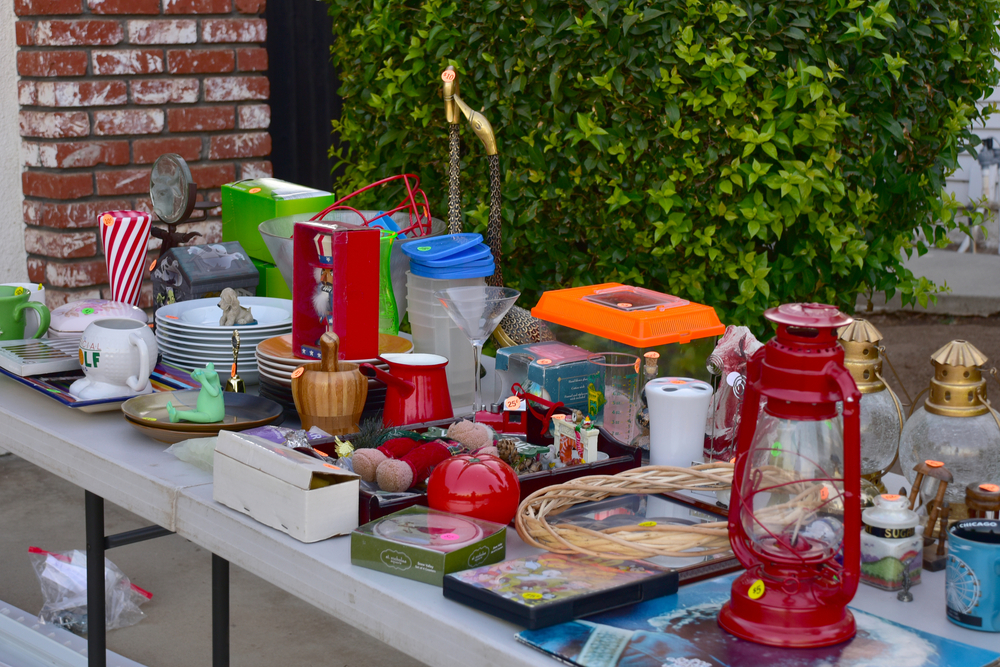If you are going to truly be prepared for a disaster, you will have a number of bug out locations selected. This includes ones that may be located far away from your present location.
The things you do on your first night away from home can truly make a difference in how well your escape plays out. Planning is always needed for every aspect of bug out plans, including how you will choose and get to your first night safe area.
1. Assign Jobs to All Members of the Traveling Party
When it comes to running an efficient household, business, or even a military operation, each person must be part of a team with clearly defined goals and jobs.
Your bug out plans will work much better when you assign everyone a primary and secondary job. It will also be of immense benefit to make backup plans in case someone is unable to do their job.
Cross-training and practice before SHTF will make it easier to figure out who should do each job, as well as give everyone a chance to see how their contributions will be of benefit.
2. Finding a Safe Night Shelter Before Reaching Bug Out Location
During the planning stages, you should select two or more sites that move you towards your bug out location, yet can be reached in 6 – 15 hours by car. It is very important to know how long it will take to get to each destination by alternate routes, as well as during peak and lull travel hours.
For example, if you have to work your way out from the middle of a big city, it will take longer during rush hour. You may also run more risks of Martial Law, closed roads, riots, and other problems that will slow you down.
It is also very important to physically visit potential first night shelter sites. The best places will be ones well off the beaten path for both tourists and everyday traffic.
An ideal location will also have good cover, high points for observation, and a water source. If possible, you should also look for natural dead ends or other land features that give you an advantage if someone moving into the area seems hostile.
3. Preparing to Bug Out
In time of chaos, even people that you trust can panic and turn on you. This is why you should keep your entire bug out plans secret. If you need to know how to do things, look the information up on your own and then experiment until you are confident of your skills.
All needed supplies and firearms must be purchased in small parcels as not to draw attention. Hide bug out necessities in small cashes in and around the house, place some at the bug out site, and also along the way.
It is also very important to practice with firearms and other weapons far away from the prying eyes of neighbors and friends. Always re-evaluate and update your plans to accommodate changes in the travel party as well as anything else that might affect the group.
4. Determining if a Location Is Safe
Even though a site may look ideal during peace times, others may also think about going to the same place. Therefore, you will need to make a final assessment before setting up camp. When your party is about 2 miles away, send in a recon group to quietly check over the site.
The recon group should move slowly into the area, stop, look, and listen. Wait a few seconds before moving again. After the whole perimeter has been checked, rechecked, and found clean, then the rest of the party can gradually move in.
As a word of caution, if something feels wrong, then it usually is. In the event that the area is occupied, quietly and safely return to the group and head for the other pre- selected site as quickly and quietly as possible.
 5. Securing Your Perimeter
5. Securing Your Perimeter
I personally prefer to use two perimeters, an outer at 75 yards from the camp, and an inner one at 25 yards. Along the outer perimeter, use the natural lay of the land to direct unwanted intruders into a booby trapped area.
These traps can be as simple as trip wires, leg snares, or dead falls. When these traps are sprung, screams and other noises give away the presence of intruders. They will usually run and not look back once they know they’ve been found.
Conceal armed entries on the inner perimeter using fox holes and other types of camouflage. Their job is to challenge any strangers who are trying to enter this area. You should also have other sentries to cover the camp. If intruders make it to the inner perimeter, they may try to overrun the camp. Be prepared to treat these people as hostile, and use as much force as necessary to defend yourself and your family.
6. Guard Shifts
Protecting your overnight location, and beyond will be a 24 hour a day job. A simple rotating work schedule should be broken into 8 – 12 hour shifts. Each shift must have guards, workers, and those who are resting, but can be used to reinforce other shift positions. Never create a pattern that reveals group strength, or anything else that enemies can use during an ambush.
Before bugging out, you need to have a secret, well-rehearsed plan that ensures survival and well-being of everyone involved in the travel party. This includes being able to set up and recon perimeters in overnight areas as well as at your bug out location.
From setting up booby traps to assigning cooking schedules, making sure that everyone has a job and knows how to do it will reduce frustrations and ensure safety.
CLICK HERE to find out more about bugging out safely and surviving off grid.
This article has been written by Fred Tyrell for Survivopedia.
Photo source: 123RF.com






































































thinking electric vehicles will be usable if gasoline fails.. if one can generate electricity off grid…
So, tell me, if every person bugs out to let’s say 15 to 25 miles away from their own home and looking for a shelter to hide for a while or to keep moving. Wouldn’t some one else be treading into the home or homes all these people bugged out of? Not all people can bug out w/a back pack on their backs. I for one am 67 and don’t see me hicking in any woods for any more than possibly 2 miles at best. Why not baracade all doors and bug in? Please reply as I could use some help . . .
Whenever I read something like this, I just assume (for this writer/situation) that bugging out was the only alternative left, ie house/shelter was burned down, destroyed, contaminated, etc.
I agree with you, unless forced to leave/evacuate, I’am preparing to “bug-in” as much as possible.
I wouldn’t bug in for the simple fact anyone can burn you out, smoke you out etc and take what you have and kill you if they have the mind to. Don’t think that the people are going to walk right by any house without checking out if there is something in there they can use.
I agree with you. You can make yourself a van or truck type camper vehicle, to park and live out of if you need too. Personally, I slept outdoors, on the ground, living in a muddy hole, with a leaky poncho hootch enough in the Army.
People might want to consider having good just to barter, as well as skills, so they may be welcomed in someone else,s camp or compound, we all cannot have individual camps. There simply is not enough good spots to go around. Most of them will be trespassing, anyhow, so expect to be shot for that, in a break down of society.